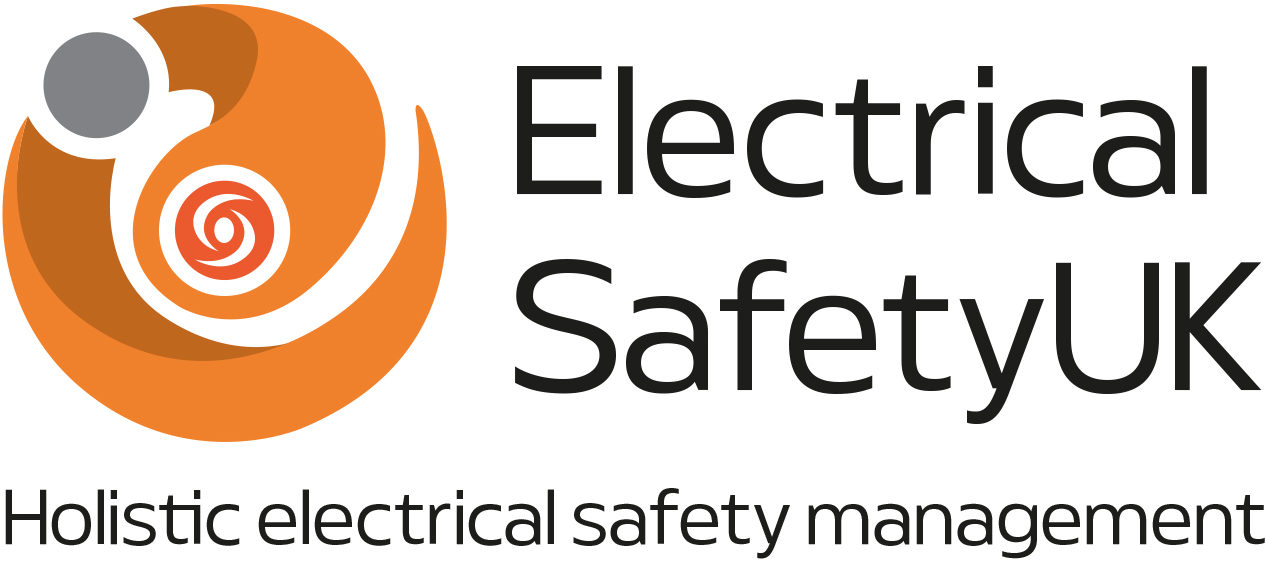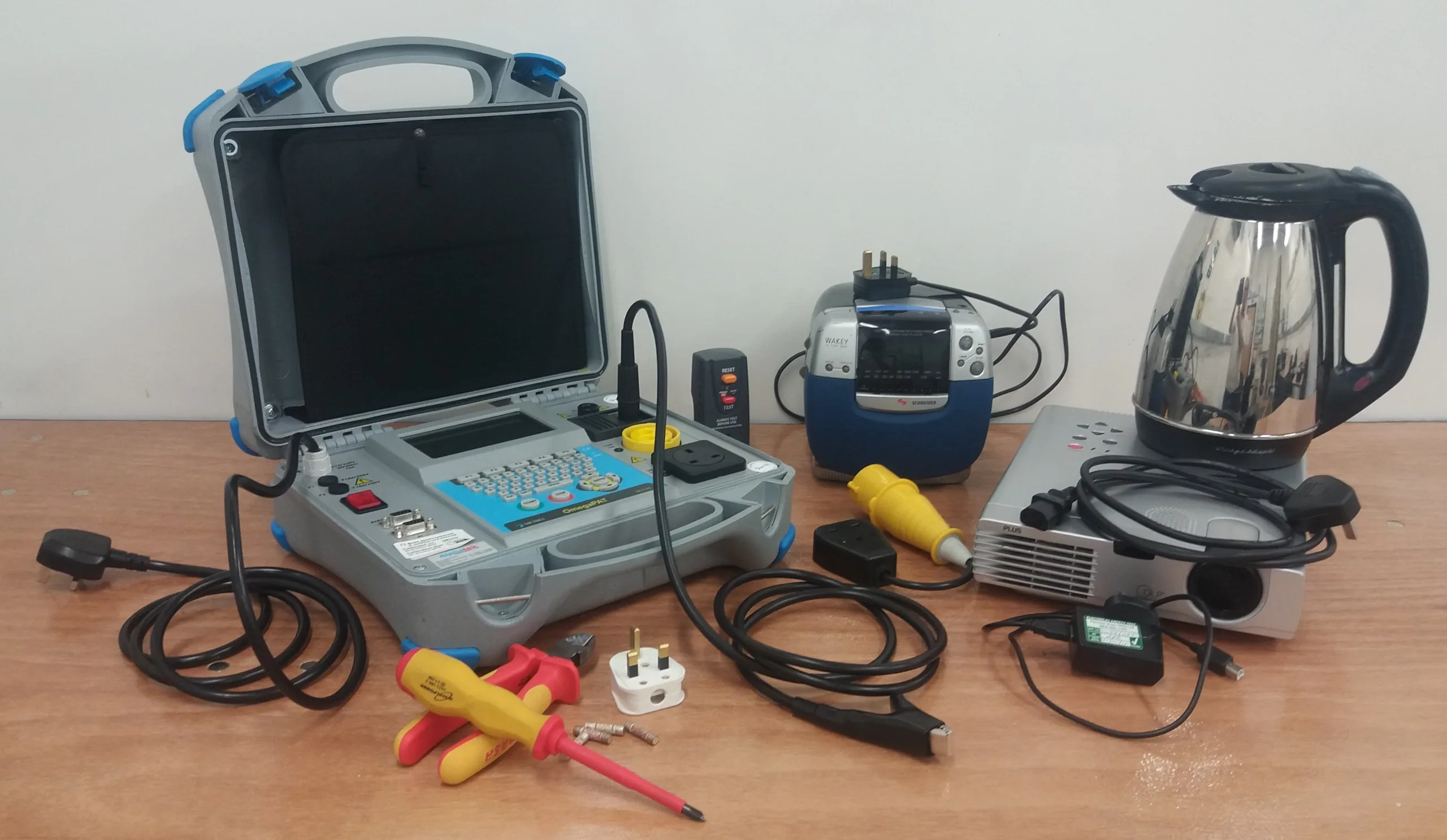Article 8 in my series describes what could be included in your Electrical Safety Management System. Electrical Safety UK has a model Electrical Safety Management System (ESMS), which consists of an Electrical Safety Policy, Electrical Safety Rules and over 30 supporting instructions specific to different aspects of electrical safety. We can use this model system when developing a bespoke new ESMS for our clients or a review of their existing ESMS.
Purpose
This instruction outlines your requirements for inspecting, testing, and appropriately using portable electrical Apparatus on your sites. It aims to protect personnel, plant, and equipment from risks associated with portable electrical Apparatus, provide guidance on their use and maintenance, minimise equipment failure risks, satisfy insurer requirements, and comply with statutory obligations.
Scope
This instruction applies to all portable electrical Apparatus. It can also include Electrical Inspection and Testing of low-voltage electrical installations. High-voltage and Direct-Current installations should normally be excluded from the scope of this instruction.
Responsibilities
An Electrically Qualified Person should have responsibility for reviewing your instruction at least every five years.
Duty Holders: E.g. Managers, supervisors, and site-based operatives must ensure compliance with your procedure within their competency limits.
Management Procedures
-
Electrical Equipment
Register: You should create and maintain a register of all the electrical equipment that falls within your instruction’s scope.
Suitability Assessment: You should require that portable electrical equipment is suitable for its environment, task and operator needs. Legislative requirements must be considered. We recommend that you consider the following environments and state what class of portable electrical equipment should be allowed to be used in each of these areas:
- Work in areas that may be wet, steamy, or corrosive, or where the amount of conductive dust may be significant, in some metal vessels, wet vessels, and wet open pits or channels.
- Work in dry vessels, open pits, channels, and confined metal enclosures.
- Work on construction sites, heavy plant areas, garages (wet), and light industrial areas (wet).
- Work inside light industrial areas (dry), laboratories (wet), kitchens, stores and warehouses (heavy), packing areas and garages (dry conditions)
- Work in areas that are reasonably clean and dry but not necessarily earth-free: dining areas, medical centres, offices, stores and warehouses (light), laboratories (dry), and workshops (dry).
Safety Considerations: You should state your preference for battery-operated tools, 110V equipment, and equipment that meets electrical separation requirements.
Inspection and Testing: You should require user checks, formal visual inspections, and combined inspections and tests. You should also require that inspections and tests be conducted by competent persons only.
Defective Equipment: You should require immediate removal from service, labelling, and quarantine of defective equipment.
Repairs: You should state that only competent persons may undertake repairs using approved parts and that temporary repairs are prohibited.
-
Fixed Electrical Installations
Certification: You should require that Electrical Installation Certificates (EIC) or Minor Works Certificates (MWC) must be in place.
Periodic Inspection: You should require that regular inspections and testing are conducted, with immediate attention to dangerous observations.
-
Electrical Safety Management
Verification: You should consider verification of the management of Portable Electrical Apparatus by appointed persons, who must verify the maintenance of equipment registers, conduct required checks, check the management of defective equipment, and ensure proper certification.
Inspection and Testing: You should ensure that in-service inspection and testing frequencies follow industry guidance, which is risk-based.
Conclusion
Managing portable electrical Apparatus is essential, as failure of this type of equipment can lead to significant electric shock risk. By implementing a comprehensive procedure, you can ensure that risks are minimised and personnel are protected. If you would like to know more about this aspect of our model Electrical Safety Management System (ESMS) or how to improve your ESMS, please contact us at Tel: 0800 652 1124 or info@elecsafety.co.uk.





